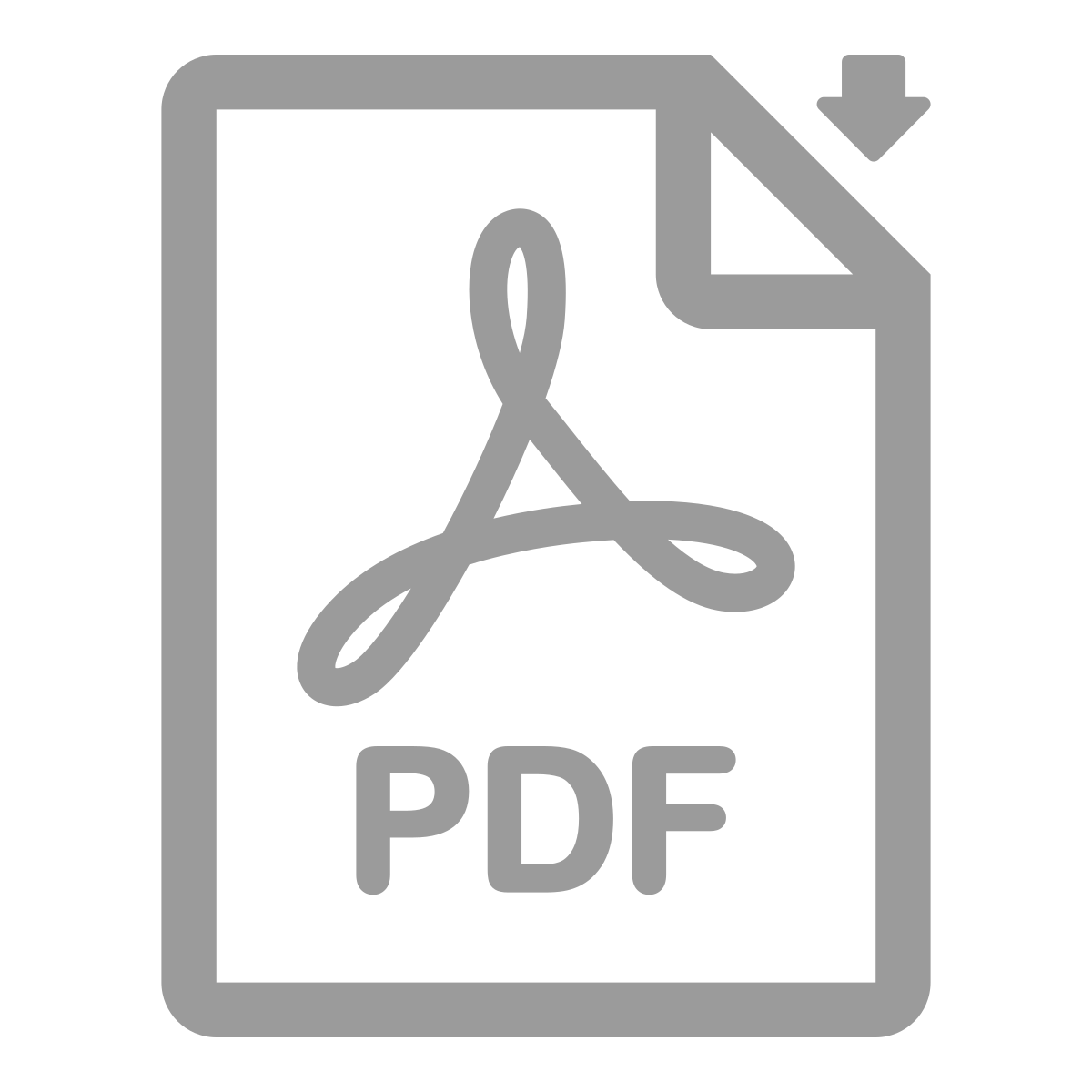The U.S. Food and Drug Administration (FDA) announced a proposed rule to establish and require standardized testing methods to detect and identify asbestos in talc-containing cosmetic products.
This proposal is part of the agency’s work to fulfill the requirements of section 3505 of the Modernization of Cosmetics Regulation Act of 2022 (MoCRA).
“For many years the FDA has been sampling and testing talc-containing cosmetics for asbestos as well as working with our federal partners on efforts to reduce consumers’ risk of exposure to asbestos, a known human carcinogen, from contaminated talc-containing cosmetic products,” says Linda Katz, MD, MPH, Director of the FDA’s Office of Cosmetics and Colors, in a news release. “We have carefully considered the scientific evidence and complex policy issues related to detecting and identifying asbestos in talc and talc-containing cosmetic products. We believe that the proposed testing techniques are appropriate methods to detect asbestos to help ensure the safety of talc-containing cosmetic products.”
The proposed rule would require manufacturers of talc-containing cosmetic products to test for asbestos using an analytical approach that includes both Polarized Light Microscopy (PLM) (with dispersion staining) and Transmission Electron Microscopy (TEM)/Energy Dispersive Spectroscopy (EDS)/Selected Area Electron Diffraction (SAED) to detect and identify the presence of asbestos. Manufacturers may alternatively rely on a certificate of analysis from the talc supplier. The proposed rule contains provisions that would require manufacturers to keep records to demonstrate compliance with the rule, the FDA states.
If the proposed rule is finalized, cosmetic products would be considered adulterated under the Federal Food, Drug, and Cosmetic Act (FD&C Act) if a manufacturer fails to operate in compliance with either the testing or recordkeeping requirements of the rule. The proposed rule also states that if asbestos is present in a cosmetic product, or in talc used in a cosmetic product, that cosmetic product is adulterated under the FD&C Act; and that if asbestos is present in talc intended for use in a cosmetic, that talc is adulterated under the FD&C Act.
What to do:
The FDA encourages public comment on this proposed rule. The comment period will end 90 days after the date of publication in the Federal Register. After the comment period closes, the FDA will review and consider comments as it develops the final rule.


